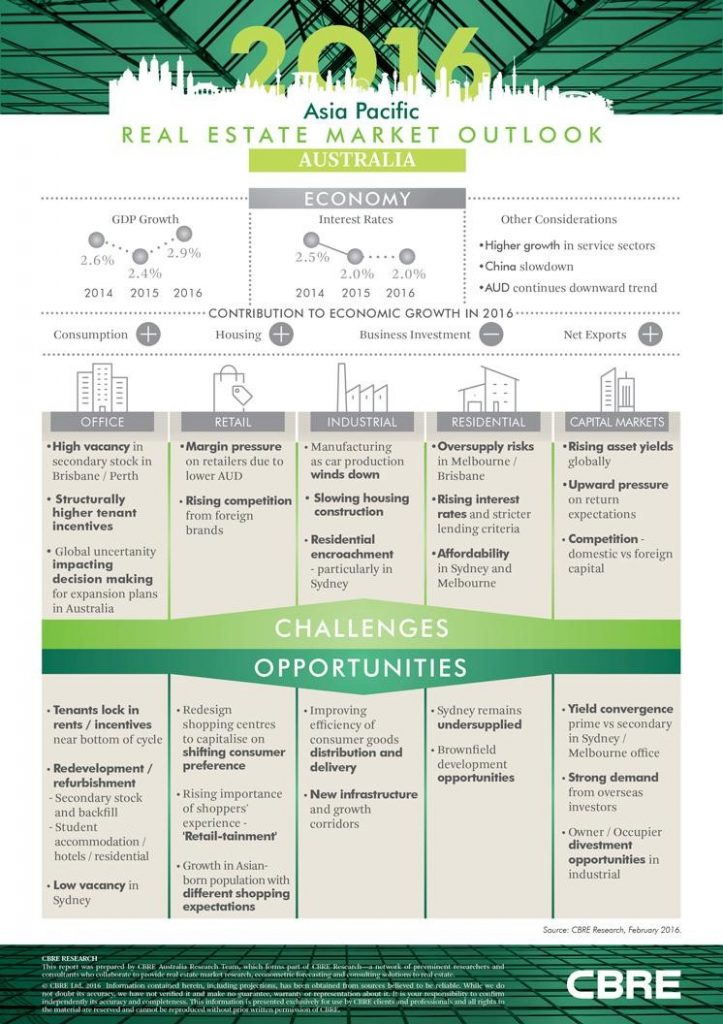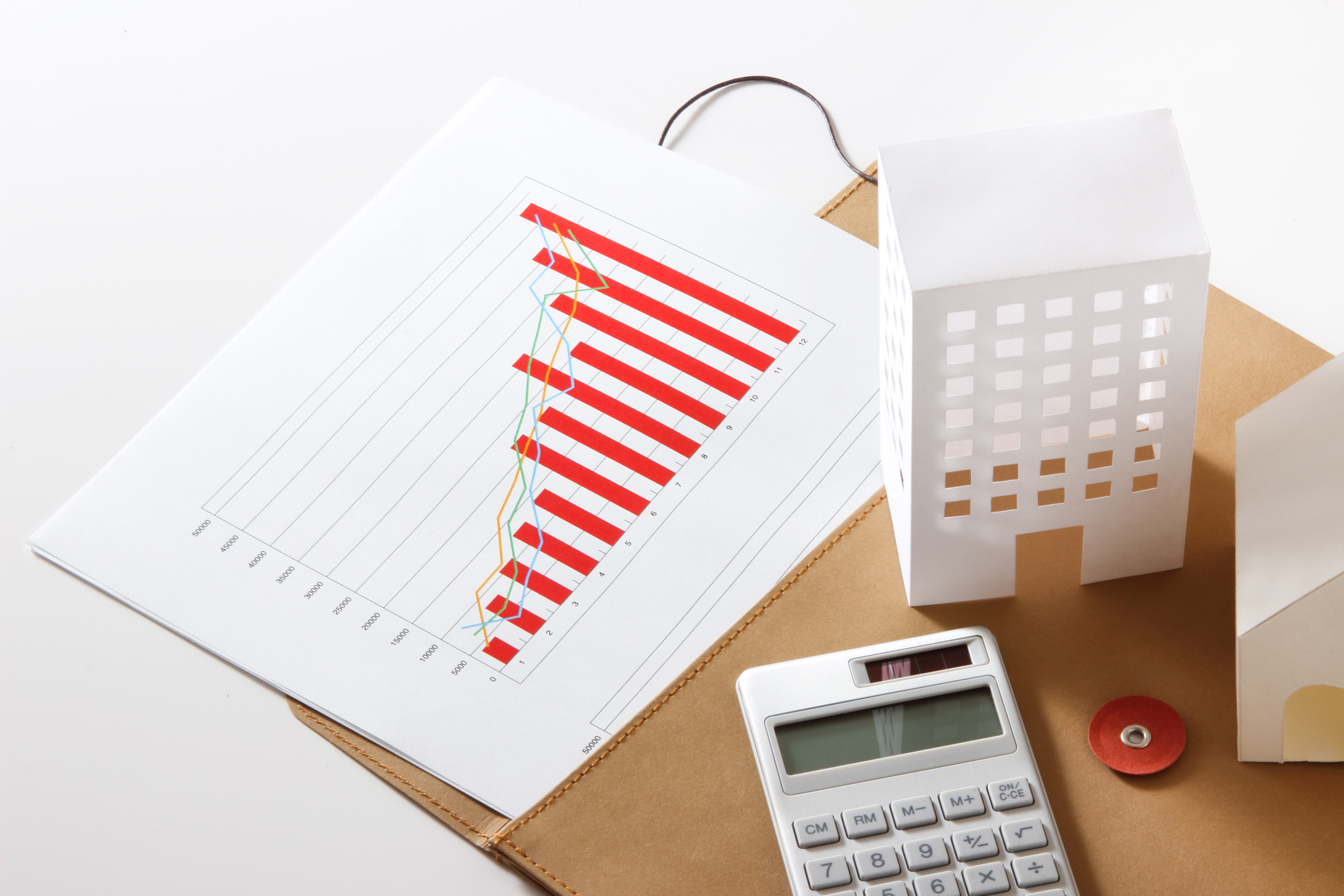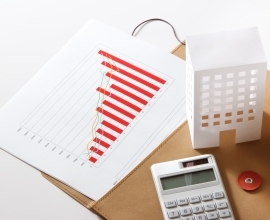Yield: The most important consideration before you invest in a commercial property!
Introduction
What’s the first question that comes to your mind when you consider investing in commercial real estate? In all probability it would be – ‘What is the expected return on investment or yield?’ Yield is an integral way to measure the future income of an investment. It is important to know about yield, since capital growth rates in commercial real estate are not as fast as compared to residential real estate. Overpaying is known as one of the crucial reasons why so many newcomers fail to make a successful real estate investment. The first basic skill you need to hone is how to value and compare potential investment opportunities.

Key factors that drive commercial real estate
The top drivers of commercial real estate are as follows- occupancy rate, confidence and yield. All of them are influenced by economy, politics and consumer confidence. Commercial property yields are little sensitive since most of the properties are temporary and always more related to market conditions. The risk is high when you expect higher yields.
When there is high demand, you end up paying more. The more you pay the less yield you get unless rental income increases over the time. On the other hand, when demand is down, prices fall and yield increases. Always note, yields are only a measurement of expected return on your investment and cannot be taken as a guarantee.
As a potential investor, you need to take other factors into account. Factors like retaining a good long term tenant, infrastructure costs, location and maintenance cost are equally important to achieve desired yield or keeping the fortune of your investment intact.
Different types of yield
There are two different types of yields- net yield and gross yield. As an investor, it’s important to know if you are calculating ‘net yield’ or ‘gross yield’. Yield calculations are calculated by dividing the annual rental income on a property by its buying cost. Commercial properties usually return a much higher yield than residential, generating yields upwards of 7% compared to yields of 4-5% in residential.
Net yield considers all the fees and expenses after owning a property. It is the income earned on an investment after all expenses have been deducted. Net yield is calculated by subtracting the property’s annual operational costs from its annual rent and then dividing it by the property value.
Net Yield = (Annual Rent – Operational Costs) / Property Value
Gross yield is an annual return on an investment prior to any expenses or taxes. It is the income expected on an investment before expenses are deducted. It is calculated by dividing a property’s gross annual rental income by the property value.
Gross Yield = Annual Rent / Property Value
All risks yield is another yield, apart form the above two. It is an important term if you are investing in commercial property as this is the amount taken into consideration by chartered surveyors and valuation professionals to showcase the risks associated with certain investments.
Different approaches to arrive at yield
Income approach
It is based on the present value of the future benefits of an ownership. An informed investor can assume the net operating income of a property over its remaining life. This approach is applied in appraising income generating properties and it converts anticipated benefits derived from the ownership of a property into an estimated value.
Replacement cost approach
This approach is based on the fact that an informed customer would pay no more than the cost of substitute property with the same utility as the subject property. This is applicable when the value of the property depends on relatively new improvements which reflects the highest and best use of the property or when there’s no comparable properties available in the market.
Comparable approach
Here, the subject property is compared to similar properties which have been sold recently or offered for sale. Adjustments are made for different physical characteristics and circumstance that influences the sell. For example, date of sell, location, land/building ratio, and local tax policies etc. The adjusted value determines a range of values for the subjected property.
Conclusion
Usually, young investors fall into the trap of paying more for the property they buy. Always check whether you are buying a good income or rental property by estimating the property value at first. We have simplified the value estimate methods for you to understand the value of a commercial property in current market. Our suggestion is, always determine the fair market value of the property before you take any final decision.









